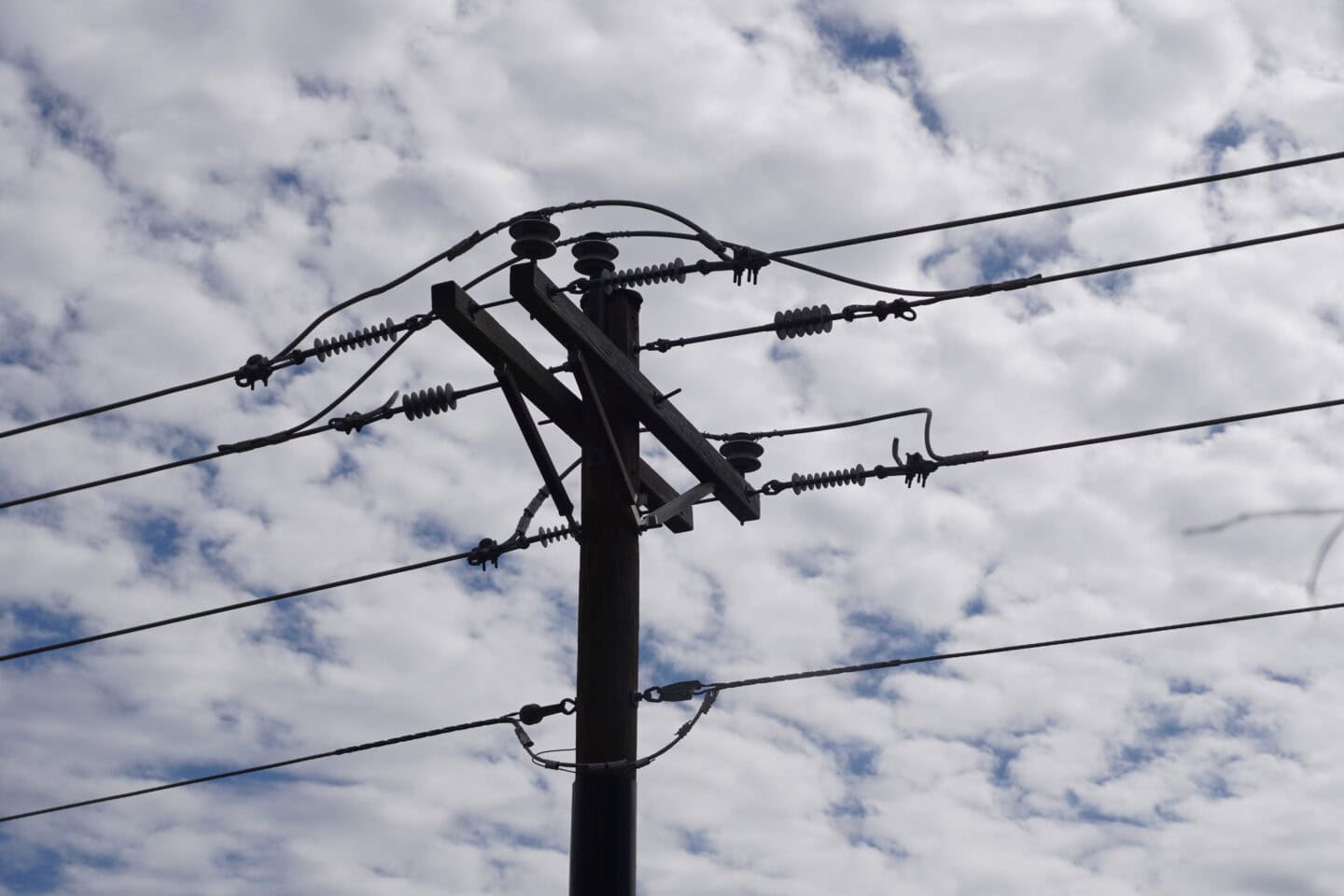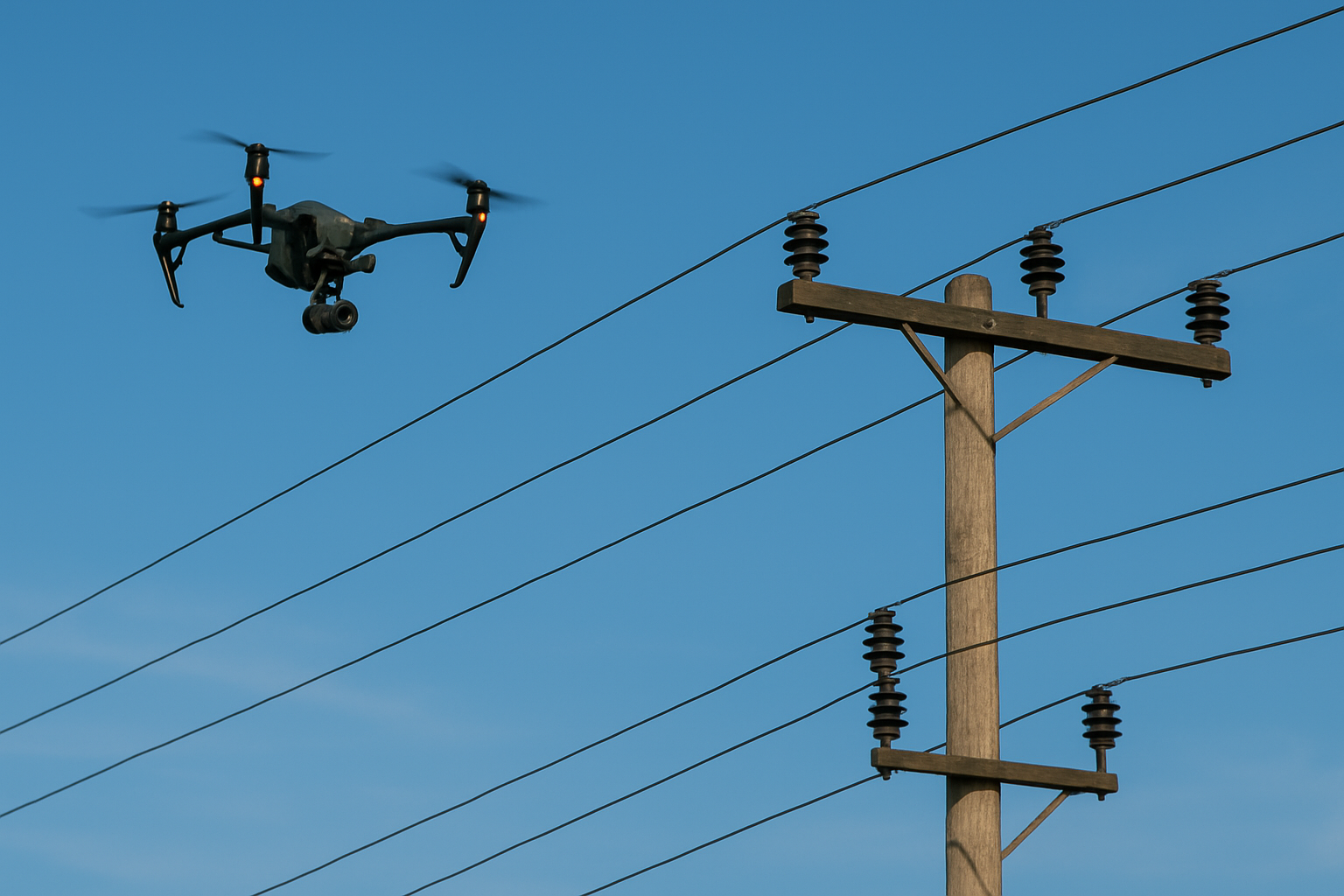When it comes to utility infrastructure, most problems don’t appear overnight. They start small—hidden from sight—until they escalate into outages, costly repairs, or even safety hazards. Traditionally, these issues could go unnoticed for months or years, especially when crews were limited to visual checks from the ground.
But with the rise of unmanned aerial vehicles (UAVs), also known as drones, utilities now have a powerful advantage. By capturing high-resolution images and video from every angle, UAV inspections make it possible to see the full picture—literally—before small problems spiral into big failures.
At Firmatek, we conduct UAV aerial inspections for utility companies across the country. And while every system is unique, we’ve noticed a trend: the same issues show up again and again. Understanding these common problems is the first step toward preventing them.
1️⃣ Hardware Deterioration
What it looks like: Rusted bolts, loose fittings, missing brackets, or corroded connectors.
Hardware is the backbone that keeps a utility pole stable and functional. Over time, metal components face constant exposure to the elements—rain, wind, UV rays, and temperature extremes—which leads to wear and tear.
From the ground, these issues might not be visible, especially if they’re on the top of the pole or the backside of a crossarm. Aerial inspections allow us to zoom in on these components, ensuring nothing is overlooked.
Why it matters:
-
Loose or missing hardware can weaken pole stability.
-
Rust compromises the load-bearing capacity of components.
-
A small missing bolt can snowball into a complete equipment failure during a storm.
Prevention tip: Schedule regular UAV inspections to track corrosion progression and replace components before they fail.
2️⃣ Cracked or Leaning Poles
What it looks like: Hairline cracks in the wood, visible splits, or poles tilting at noticeable angles.
Poles can lean or crack for several reasons: aging wood, vehicle impacts, soil erosion, or shifting ground after heavy rains. Even slight leaning can stress wires and hardware, leading to further damage.
Ground crews may only see part of the issue. From the air, UAVs can measure lean angles and inspect the top sections of the pole where cracks often begin.
Why it matters:
-
Leaning poles create uneven tension on wires, increasing the chance of breakage.
-
Cracks allow moisture to seep in, accelerating rot and decay.
-
Severe leaning can eventually lead to pole collapse.
Prevention tip: Address leaning poles early—straightening, reinforcing, or replacing them before they pose a danger.
3️⃣ Insulator Damage
What it looks like: Chips, cracks, discoloration, or dirt buildup on ceramic or polymer insulators.
Insulators keep high-voltage electricity from grounding through the pole. Damage or contamination can lead to power loss, flashovers, or fires.
From the ground, chips and hairline cracks may be impossible to see. UAV imagery captures clear, close-up views of each insulator, revealing problems before they escalate.
Why it matters:
-
Damaged insulators can cause service interruptions.
-
Contamination (such as salt or dust) reduces efficiency.
-
Severe insulator failures can damage connected equipment.
Prevention tip: Clean or replace insulators before damage affects performance, especially in coastal or high-dust regions.
4️⃣ Vegetation Encroachment
What it looks like: Tree branches or vines growing dangerously close to power lines and poles.
Vegetation is one of the leading causes of utility outages, especially during storms. When wind or ice causes branches to snap, they can damage lines or knock poles out entirely.
Aerial inspections are ideal for identifying overgrowth in hard-to-reach areas. UAVs can map entire corridors, giving utilities a clear view of where trimming is most urgent.
Why it matters:
-
Overgrown vegetation can cause short circuits or fires.
-
Tree contact increases outage risks during storms.
-
Growth can also limit safe access for crews.
Prevention tip: Maintain a proactive vegetation management plan informed by UAV mapping and imagery.
5️⃣ Conductor Wear
What it looks like: Fraying, corrosion, improper sagging, or visible damage to wires.
Conductors are constantly exposed to weather conditions. Over time, this exposure—combined with vibration, tension, and environmental stress—can cause wear that weakens performance.
From the ground, conductor wear can be nearly invisible until it’s severe. UAVs can hover alongside lines, capturing detailed images that reveal early-stage fraying or sag.
Why it matters:
-
Worn conductors are more likely to fail under load.
-
Corrosion reduces conductivity and increases resistance.
-
Improper sag can cause clearance violations, increasing safety hazards.
Prevention tip: Document conductor conditions with UAV inspections and schedule timely repairs to avoid emergencies.
6️⃣ Woodpecker Damage
What it looks like: Small to large holes in the pole’s surface, often clustered in specific areas.
Woodpeckers might seem harmless, but their pecking creates entry points for moisture, insects, and decay. Over time, this weakens the pole’s core structure, sometimes requiring full replacement.
From above, UAV cameras can spot these holes and assess whether they’ve penetrated deeply enough to compromise strength.
Why it matters:
-
Holes accelerate wood rot.
-
Compromised poles may not withstand storms or heavy loads.
-
Pests can further damage the structure once inside.
Prevention tip: Install deterrents or use treated poles to reduce the risk of repeated damage.
Why Early Detection Is a Game-Changer
The real danger with these issues is that most start small—often invisible from the ground—until they cause a service interruption or safety hazard. By the time the problem becomes obvious, repairs are often more expensive and time-consuming.
That’s where UAV technology transforms utility maintenance. Firmatek’s aerial inspections capture high-resolution imagery from every angle, allowing utilities to:
✅ Detect problems early
✅ Prioritize maintenance based on severity
✅ Reduce the risk of outages
✅ Keep crews and communities safe
With UAV inspections, you’re not just reacting to problems—you’re preventing them. That shift from reactive to proactive maintenance can mean fewer emergency calls, lower repair costs, and a stronger, more reliable grid.
The Bottom Line
Infrastructure reliability is critical for utility companies. Every pole, wire, and piece of hardware plays a role in keeping the system running smoothly. Ignoring small issues is risky—not just for your bottom line, but for public safety.
UAV inspections make it possible to spot, document, and address these issues before they escalate. Whether it’s hardware deterioration, conductor wear, or a woodpecker’s latest project, an early response can make all the difference.
What about your infrastructure?
What issues have you spotted most often in your network? We’d love to hear your experiences—and explore how UAV inspections can help you stay ahead of problems. Contact us at ashley.taylor@firmatek.com.


